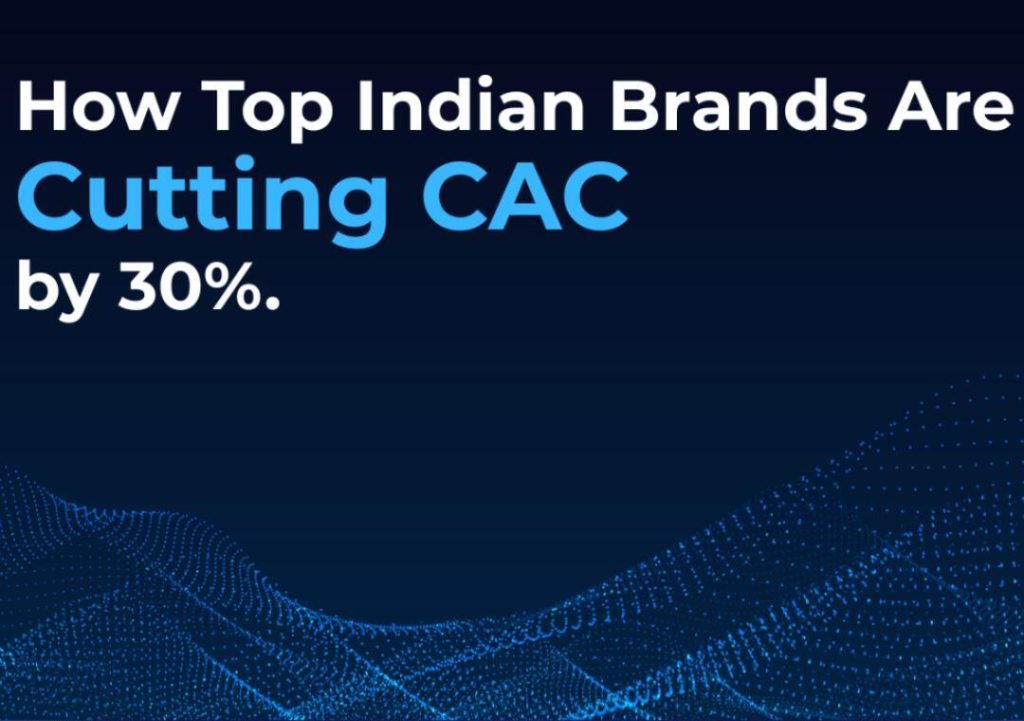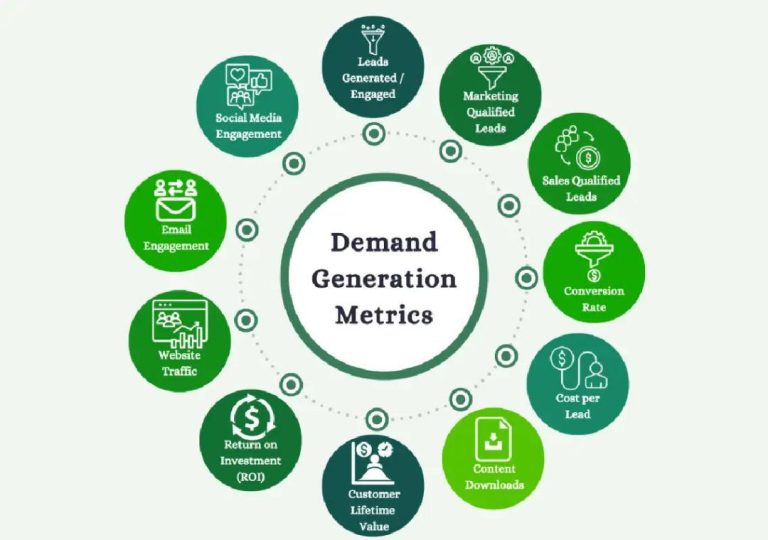
Indian Brands Slash CAC by 30% using AI
In today’s digital landscape, cutting costs while maintaining customer acquisition is a daunting task for many e-commerce businesses. With the increasing competition and ever-evolving consumer behavior, it’s essential to stay ahead of the curve to ensure sustainable growth. In recent years, Indian D2C brands have made significant strides in reducing their customer acquisition costs (CAC) by leveraging the power of Artificial Intelligence (AI).
According to a recent study, leading Indian D2C brands have successfully slashed their CAC by up to 30% by using Intellsys predictive signals to identify high-intent users early in the funnel. This approach has enabled them to optimize their ad spend, resulting in sharper, smarter, and more accountable marketing campaigns.
The key to this success lies in the ability of AI to map micro-moments across the customer journey. By analyzing these moments, AI can identify patterns and behaviors that signal a user’s intent to make a purchase. This information is then used to trigger targeted advertising, increasing the effectiveness of ad spend and reducing waste.
One of the primary benefits of using AI for CAC reduction is its ability to identify high-intent users early in the funnel. By targeting these users with personalized ads, brands can increase the likelihood of conversion, resulting in a lower CAC. Additionally, AI’s ability to analyze vast amounts of data in real-time enables brands to optimize their campaigns in real-time, reducing the risk of ad waste and improving ROI.
Another significant advantage of using AI for CAC reduction is its ability to automate time-consuming and manual tasks. By automating tasks such as data analysis, ad targeting, and campaign optimization, brands can free up resources to focus on higher-level strategy and decision-making.
In the Indian e-commerce landscape, several brands have successfully implemented AI-powered CAC reduction strategies. One such example is a leading fashion brand, which used Intellsys predictive signals to identify high-intent users early in the funnel. By targeting these users with personalized ads, the brand was able to reduce its CAC by 25%, resulting in a significant increase in conversions.
Another example is a popular beauty brand, which used AI to optimize its ad spend and reduce CAC by 30%. By analyzing micro-moments across the customer journey, the brand was able to identify patterns and behaviors that signaled a user’s intent to make a purchase. This information was then used to trigger targeted advertising, increasing the effectiveness of ad spend and reducing waste.
The success of these brands serves as a testament to the effectiveness of AI-powered CAC reduction strategies. By leveraging the power of AI, Indian D2C brands can reduce their CAC, increase conversions, and drive sustainable growth.
Key Takeaways:
- AI-powered CAC reduction strategies can reduce customer acquisition costs by up to 30%.
- Intellsys predictive signals can identify high-intent users early in the funnel, allowing for targeted advertising and increased conversions.
- AI can automate time-consuming and manual tasks, freeing up resources for higher-level strategy and decision-making.
- By mapping micro-moments across the customer journey, AI can identify patterns and behaviors that signal a user’s intent to make a purchase.
Conclusion:
In conclusion, Indian D2C brands that have successfully slashed their CAC by up to 30% using AI-powered CAC reduction strategies are demonstrating a clear understanding of the importance of data-driven marketing and the power of AI. By leveraging the predictive signals and automation capabilities of AI, these brands are able to optimize their ad spend, increase conversions, and drive sustainable growth. As the Indian e-commerce landscape continues to evolve, it’s essential for brands to stay ahead of the curve by embracing AI-powered CAC reduction strategies.
Source:
https://www.growthjockey.com/blogs/how-top-indian-brands-are-cutting-cac-by-30-with-intellsys






